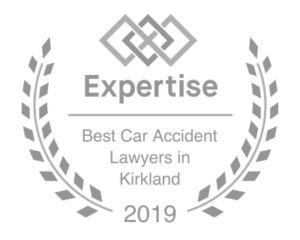 Malcome Gladwell says we form our first impression within seconds (two seconds to be exact). He points to studies showing not much difference between a first impression based on seconds and an impression based on prolonged exposure. (See What the Dog Saw).
Malcome Gladwell says we form our first impression within seconds (two seconds to be exact). He points to studies showing not much difference between a first impression based on seconds and an impression based on prolonged exposure. (See What the Dog Saw).
On reflection this makes sense in our age of sound bites and rapid fire media coverage. This also makes sense when we look at ourselves from an evolutionary standpoint. Our prehistoric ancestors had to immediately react on first impression to survive.
Applying the reality of first impression to a jury trial means our jurors form an impression of us before we open our mouths. According to Gladwell people like and trust people who appear confident and smile. To fail to make immediate eye contact and smile when jurors enter the courtroom is to miss the initial first impression opportunity.
Jury consultants David Ball and Harry Plotkin teach the importance of jury selection and opening statement in establishing the case in the minds of the jurors. Jury selection is the first time we have a dialog with our jurors. The great Clarence Darrow is reported to have whispered to his second chair after jury selection “the trial is over.” (He was correct in that case).
Opening statement is the first time we introduce the case to our jurors. Both Mr. Ball and Mr. Plotkin teach to begin dispassionately with the conduct of defendant. Then introduce plaintiff in a factual way without trying to sell the case. The aura is that of an accurate historian where the facts call for justice in favor of our injured plaintiff. This leaves a first impression of objectivity. When we do this with a pleasant demeanor coupled with an aura of acceptance we make a favorable first impression. Although the trial is not over we are on our way to success with a favorable first impression.
Post Footer automatically generated by Add Post Footer Plugin for wordpress.

 Darin Strauss in
Darin Strauss in  A quality opening statement requires becoming one with our client’s story. Becoming one with our client’s story means
A quality opening statement requires becoming one with our client’s story. Becoming one with our client’s story means 
